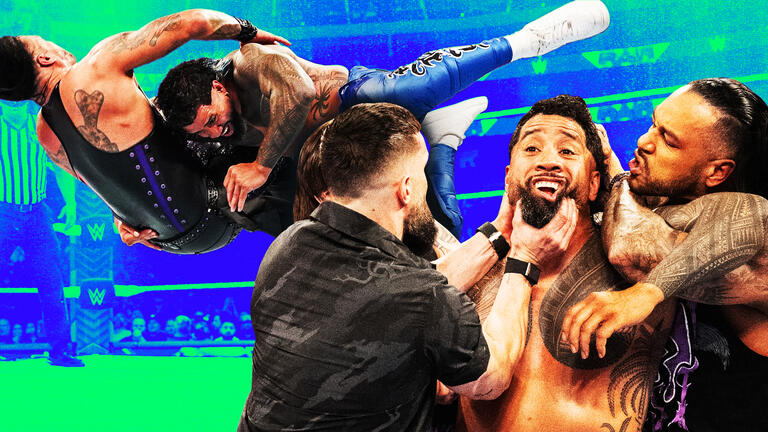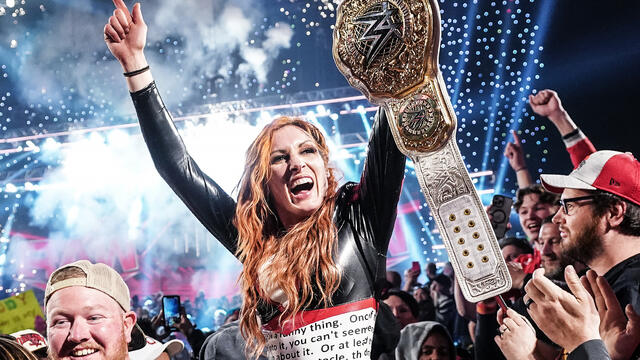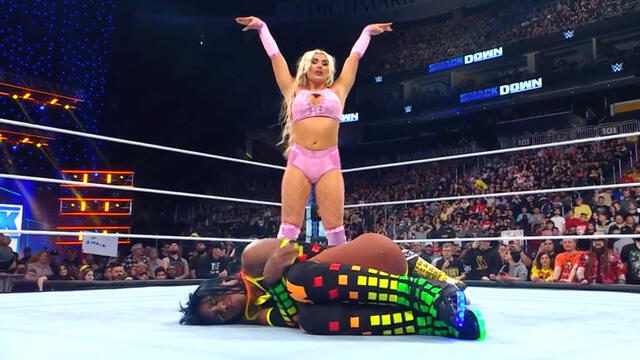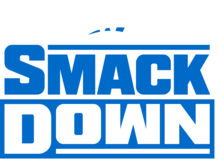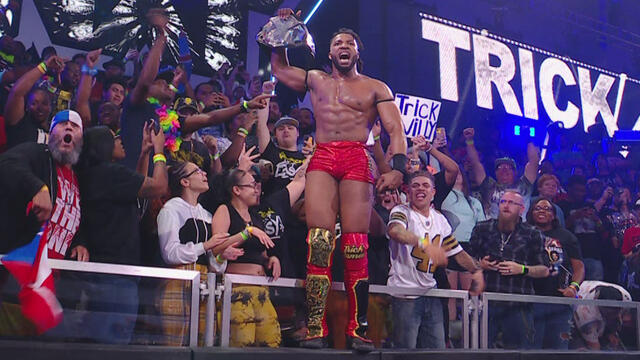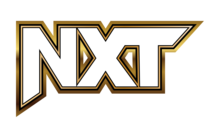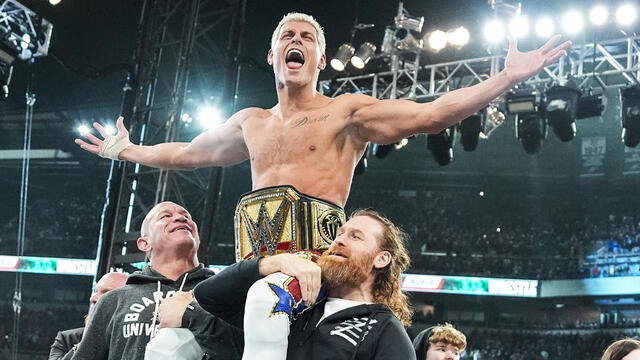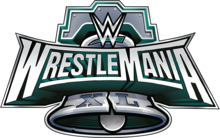In 2009, WWE and THQ started work on a top-secret WWE video game.
This confidential project began right after THQ released WWE Legends of WrestleMania, the latest experiment in a three-pronged strategy to widen the scope of WWE video games. In WWE Legends of WrestleMania and, later, WWE All Stars, THQ delivered an arcade-style fighting game to complement the established, simulation-oriented WWE SmackDown vs. Raw series.
The third part of THQ’s plan, the big secret to be kept under wraps until its underlying concept was more fully realized, was to produce a four-player, platform fighting game which would take WWE action out of the ring and into a world inspired by the larger-than-life personas of WWE Superstars and Divas.
That video game was to be called WWE Brawl.
It was never released.
"[WWE Brawl] was a really good project," Chris Burns, an animator who worked on the game, told WWE.com. "It was a shame that it never saw the light of day."
The long and winding story of WWE Brawl started with the idea of developing a WWE-themed platform fighting game in 2009, one similar in spirit to Nintendo’s Super Smash Bros. franchise but with a destructive twist via interactive, in-game environments. To bring this concept forward, THQ charged one of its Australian studios, Blue Tongue Entertainment, with the assignment of developing WWE Brawl.
No ring. No ref. No rules.
One of Blue Tongue’s first major moves involved creating new Superstar and Diva character art inspired by the outsized personas of the WWE roster, rather than the true-to-life features of the in-ring competitors themselves. These sketches were not intended to resemble the authentic virtual grapplers that appeared in WWE SmackDown vs. Raw. These were playful caricatures that would be more accessible to gaming audiences of all ages.
"At the start of it, I really wanted to make it look almost like a cartoon had come to life," said Drew Morrow, a senior artist who worked on the WWE Brawl concept art.
Morrow and his peers at Blue Tongue received free reign to reimagine WWE’s best as they saw fit. The influences came from everywhere, discovered by an Australian studio with fresh eyes because it had never previously worked on a WWE video game title.
Part of the challenge in this phase involved finding the right balance for the new characters. That meant not just redrawing Superstars in their ring gear, or rendering them unrecognizable because of excessive armor or accessories that weren’t true to the Superstar. The exploration by Blue Tongue eventually led to all sorts of clever overhauls, such as the stylized revamping of John Cena as a fictional mechanic with his own garage, The Miz as a Hollywood mogul or Triple H as a mighty monarch, based on one of his legendary WrestleMania entrances.
It quickly became obvious that Blue Tongue’s concept artists had looked in all the right places. After setting out with the sole focus of finding characters for the game, the artists’ fresh take on the past and present WWE roster rapidly fueled ideas to eventually expand WWE Brawl beyond gaming consoles. Grand visions began to percolate regarding WWE Brawl-related action figures, a clothing line and possibly even a cartoon series.
“There was talk that it could be made into an animated series,” Darren Tibbles, a lead artist who worked on WWE Brawl, told WWE.com in an email. “So, we wanted to make sure the characters could work in 2D. I created some 2D test animations and looked at creating all the cut scenes as 2D animation.”
The overwhelmingly warm reception to the character art ultimately served as the catalyst for enthusiasm in WWE Brawl’s development, turning production of the game into a priority on all sides. The crew at Blue Tongue, who mostly halted work on other projects to focus their energies on WWE Brawl, turned their attention to developing a robust gaming environment in the same spirit of Sega Dreamcast’s Power Stone, another video game which influenced WWE Brawl.
I really wanted to make [WWE Brawl] look like a cartoon had come to life.
They started to build a world that would come to be known as Brawl City, a wrestling-themed metropolis consisting of several venues where the playable characters would face off. Brawl City consisted of several local landmarks, each a custom environment which was interactive and, more important, completely prone to destruction. These venues became the proving ground for players of WWE Brawl, providing a stand-in stage to replace sports-entertainment’s more traditional forums for battle.
"The environments would have to act as rings without being your stereotypical ring," Stephen Rushbrook, a senior environment artist who worked on WWE Brawl, told WWE.com via email.
These custom environments, which were designed to be narrow but deep to keep the frame-locked action contained and moving, also drew inspiration from the Superstars featured in the game. They occurred in an auto garage inspired by the Cenation mechanic or a ghoulish graveyard befitting The Undertaker. A venue featuring fire and brimstone was introduced to make Kane feel at home. Hollywood provided the backdrop for a fight with The Miz.
And nearly everything contained in these settings could be used by players to amplify the destruction. Want to hit “Stone Cold” Steve Austin with a lamp or a traffic cone? Go for it. Hoping to hurl Rey Mysterio into a brick wall? That will damage him … and likely demolish the entire wall, too.
"It was all going to be fast, very destructive," Morrow said. "Like all environments get completely smashed to pieces while you were playing the game."
Brawl City’s many settings became the stage for the story of WWE Brawl, which changed drastically as the game’s development progressed over time.
Loosely, the in-game story took on a Street Fighter-like plot, revolving around versions of John Cena, Kelly Kelly, Triple H and others as they fought their way through a grand conspiracy perpetrated by a fictionalized big boss version of Mr. McMahon, who was possibly working with a villainous version of WWE Hall of Famer Edge.
The story itself experienced constant revisions throughout the process, and remained unsettled when production of WWE Brawl ceased in 2012. However, the general direction for each Superstar story remained true from the early going.
"In short, the WWE Universe would be transplanted into its own fictional world focused around [Brawl City], its own fictional metropolis," Rushbrook said via email. "The Superstars would have their own identity and life in that city (in line with their WWE personas) — jobs, histories and all that. Conflicts would arise and there would be fights."
Blue Tongue, who was attempting to produce its first title for PlayStation 3 and Xbox 360 with WWE Brawl, sought to make each character his or her own unique personality, inventing special moves inspired by the respective Superstar’s real arsenal of maneuvers or signature accessories. Cena’s classic chains would have become one of his key weapons, as would Triple H’s sledgehammer, Kane’s proclivity for fire or Big Show’s grizzly bear-like strength.
Making each character feel influenced by his or her real-life counterpart also became a major point of emphasis, leading to a focus on animating different body types and environmental interactions based on which character was selected. The developers elected to concentrate their energies on original character animation rather than work with motion capture techniques or rag doll physics. All the while, the playable Superstars in WWE Brawl needed to move in a manner at least casually connected to their Superstar muses.
"A lot of the time, you were animating Big Show, and you had to animate his walk into the ring and then also how he runs around in the arena," Burns said. "There'd be lots of referencing videos and seeing how that character actually moves in real life, and sort of characterizing that in the animation."
After some early growing pains and some late developmental gains, WWE Brawl truly started to take shape. Those with direct knowledge of WWE Brawl’s progress felt the game was six months to a year away from completion.
Unfortunately, the plug was pulled on WWE Brawl, nearly three years after the project started in earnest and one year after its public introduction at the WWE Global Business Partners Summit in 2011.
There’s no single explanation as to why WWE Brawl didn’t reach the finish line. If one must, the reasons for its disappointing cancellation include: Bad timing, an unsteady global economy and the sheer difficulty in producing a game of this magnitude.
The fall of WWE Brawl disappointed many, from WWE to the team of over 50 developers and staff at THQ and Blue Tongue who worked feverishly until the end to bring this unconventional WWE title to life. However, this experimental WWE video game left an indelible mark on places other than the personal libraries of PlayStation 3 and Xbox 360 owners.
In some cases, it’s a matter of following the exploits of the dedicated staff who moved on to new projects after the cancellation of WWE Brawl. You can find them in promising gaming studios like Three Phase Interactive or Stainless Games, among others.
[WWE Brawl] was a really good project. It was a shame that it never saw the light of day.
Look closely throughout the WWE Universe for glimpses of the character art that inspired the game’s early development, including in “The WWE Ultimate Superstar Guide,” a 2015 WWE publication which included contributions from WWE Brawl artist Darren Tibbles.
Go back and watch a few episodes of WWE Slam City, a WWE animated series which took Superstars and reimagined them in a self-contained, wrestling-inspired locale where they worked in unexpected new roles, such as John Cena serving as a mechanic in his own garage.
Download WWE Immortals for iOS and Android. The Warner Bros. Interactive Entertainment mobile game, which recently celebrated its first anniversary, isn’t a direct descendant of WWE Brawl, but it does reimagine Superstars and Divas, past and present, as supernatural competitors, and puts them in environments that look nothing like the squared circle.
WWE Brawl didn’t reach store shelves, but the innovative thinking in its inception and development made many see the WWE Universe in a new light. Though the video game is now lost to the ages, the spirit of WWE Brawl lives on, leaving WWE Universe members and gamers alike wondering what could have been …and what comes next.
WWE Shows Latest Results
SmackDown results, April 19, 2024: Tiffany Stratton introduces Bayley and Naomi to Tiffy Time with a sneak attack
Full ResultsNXT Spring Breakin' 2024 Week One results: Trick Williams slays The Mad Dragon to become NXT Champion
Full Results











